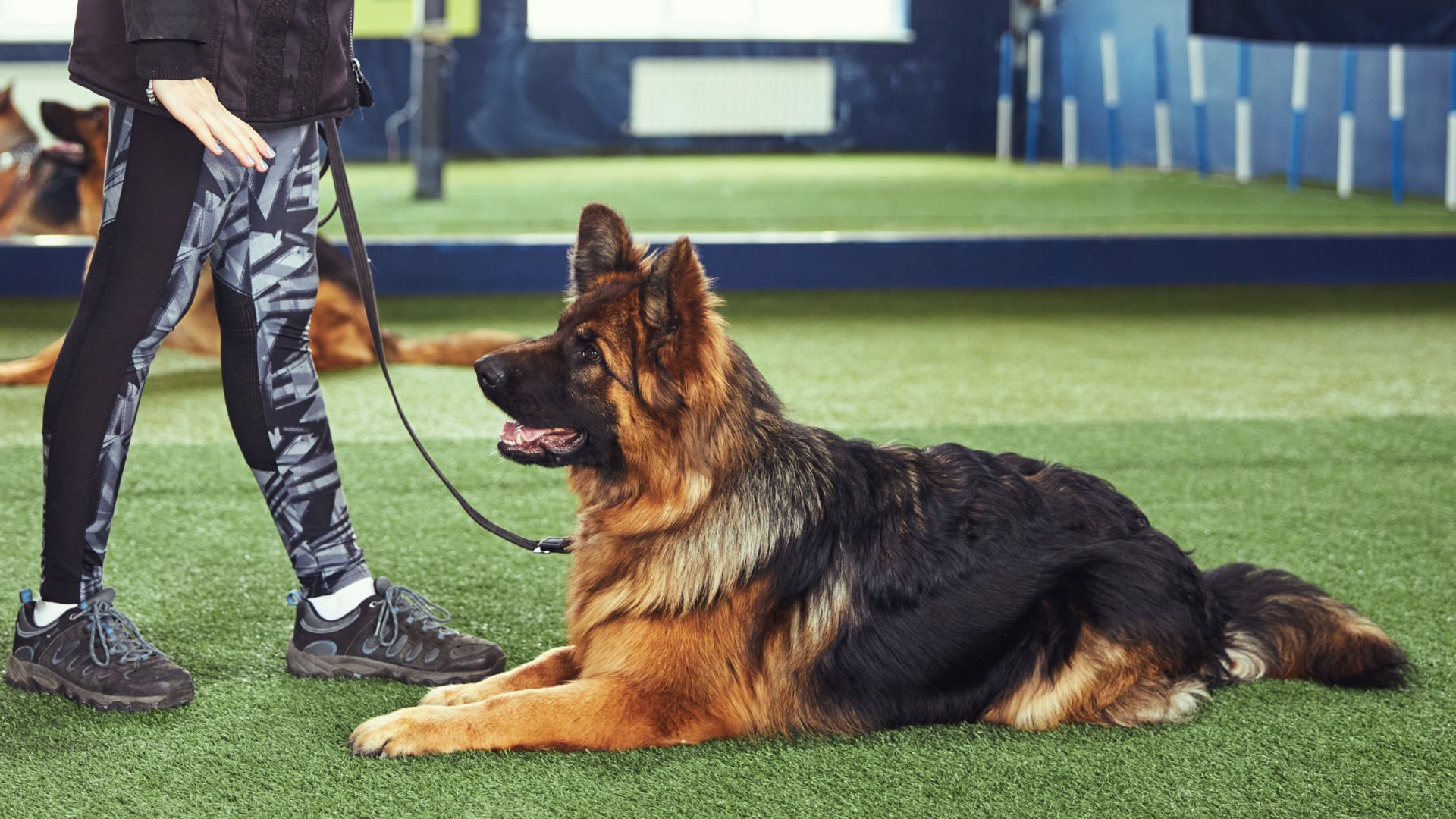Some dogs seem to be born with a spark in their eyes, ready to take on puzzles, jobs, and challenges with incredible focus. These breeds are the brainiacs of the canine world, known for their quick thinking, eagerness to learn, and love of having a task to call their own.
From agile herders zipping across fields to sharp-nosed workers in search-and-rescue teams, their talents shine brightest when their minds are kept busy. Generations of careful breeding have given them not only intelligence but also boundless energy and a strong sense of purpose.
They are curious, inventive, and endlessly determined—traits that make them exciting to train and fascinating to watch in action. Celebrated worldwide for their cleverness and dedication, these dogs stand out as true professionals in fur, showcasing what happens when instinct, ability, and partnership with humans come together in remarkable ways.
So, let’s look at some of the most famous smart dog breeds that expert handlers admire and work with around the world.
Famous Smart Dog Breeds For Expert Handlers
1. Border Collie
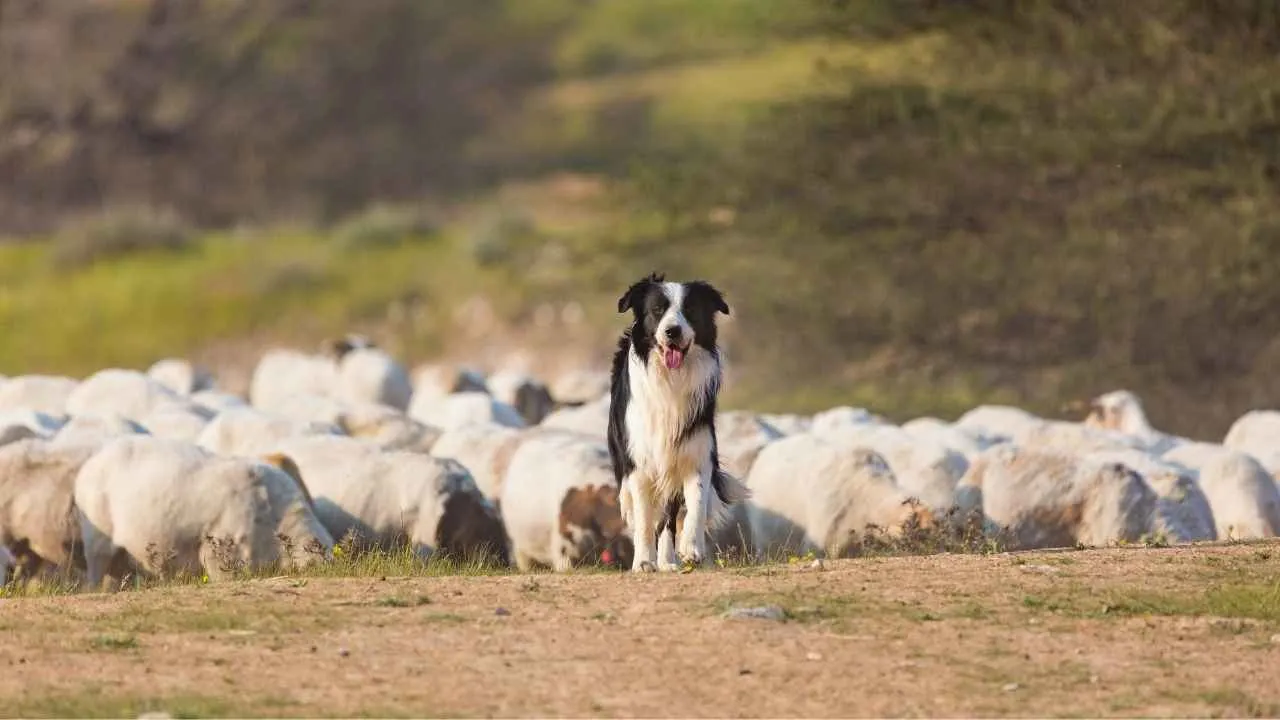
Border Collies are famous for their intelligence and unmatched herding ability. Known as tireless workers, they are agile, balanced, and extremely responsive to training. Their iconic “herding eye” and intense gaze reflect the sharp focus that has made them one of the world’s top working dogs, as stated by the AKC.
Medium-sized and athletic, Border Collies have either smooth or rough coats in a variety of colors. They are muscular but nimble, built for endurance and agility sports. This breed thrives on activity and requires both physical and mental stimulation to remain happy.
Highly affectionate with their families, Border Collies can be reserved around strangers. They are quick learners and excel in activities such as obedience, agility, and flyball. Their adaptability makes them standout competitors in canine sports.
With a life expectancy of 12–15 years, they are generally healthy dogs but need plenty of exercise to prevent boredom-driven behavior. Their energy levels are best suited to experienced handlers who can provide a structured lifestyle.
As one of the most intelligent dog breeds, they demand consistent training and engagement. Their need for a “job” makes them well-suited to expert handlers who understand how to channel their drive productively.
Quick Tips
Provide at least two hours of daily exercise.
Keep their minds active with puzzle games or structured training.
2. German Shepherd

German Shepherds are large, muscular dogs known for their loyalty and intelligence. They were originally bred in Germany from herding stock, with Max von Stephanitz credited for standardizing the breed in 1899. Today, they remain one of the most popular and versatile working dogs worldwide.
Their double coat, consisting of a dense undercoat and coarse outer coat, requires regular grooming. They shed year-round and experience seasonal heavy shedding. Despite the upkeep, their striking black-and-tan appearance remains iconic.
German Shepherds excel as service dogs, military dogs, and police K9s. They are widely used for search and rescue, drug detection, and guiding the visually impaired. Their combination of intelligence and bravery makes them reliable in high-pressure environments.
These dogs are playful with family yet protective and reserved with strangers. They form strong bonds and thrive on consistent training and early socialization. Without proper guidance, their protective instincts may become misdirected.
A healthy German Shepherd typically lives 7–10 years, though some may reach 12–14 years, as stated by PetMD. They are prone to hip and elbow dysplasia, gastric dilatation-volvulus (bloat), and degenerative myelopathy, requiring vigilant health monitoring.
Quick Tips
Begin socialization and obedience training early.
Provide at least one to two hours of daily physical and mental activity.
3. Doberman Pinscher
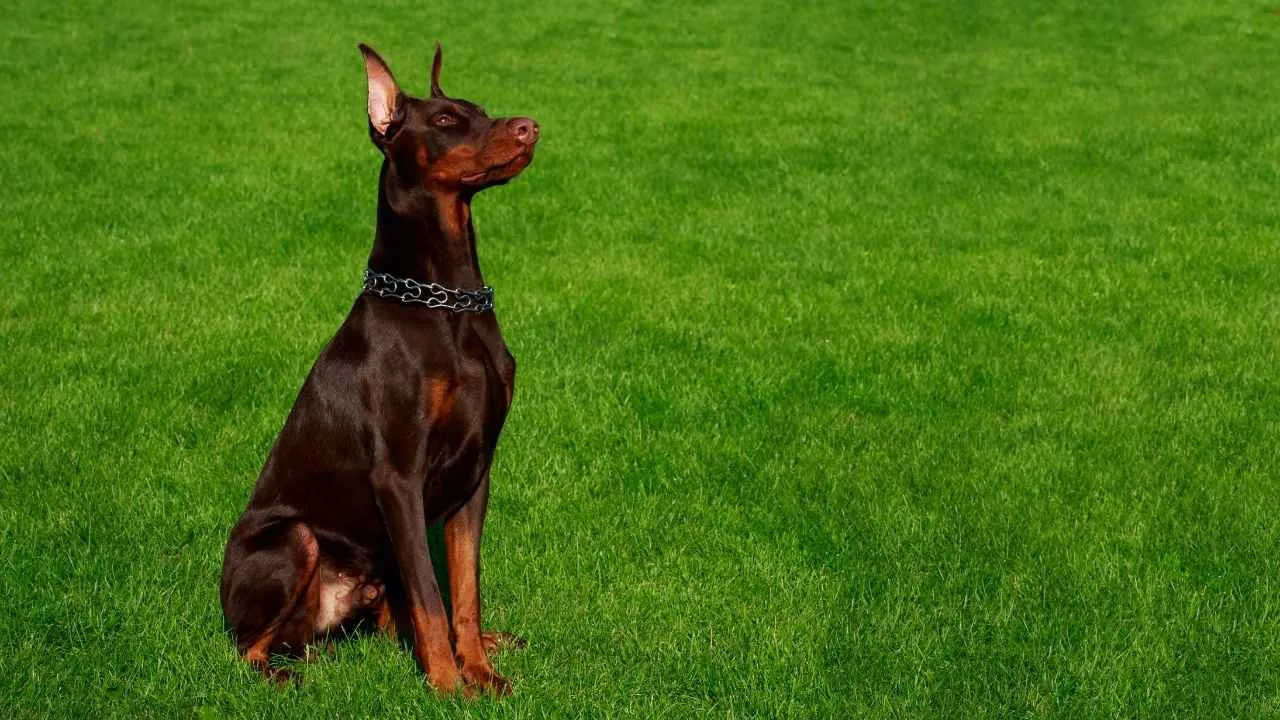
The Doberman Pinscher was developed in Apolda, Germany, around 1890 by Karl Friedrich Louis Dobermann, who wanted a courageous, protective, and intelligent dog, as stated by Britannica. With their sleek build and commanding presence, Dobermans quickly gained recognition as exceptional guardians.
Their short coat is smooth, close-lying, and comes in black, blue, red, or fawn with rust markings. Easy to groom, the breed requires only occasional brushing. They are powerful athletes and excel at canine sports like agility, tracking, and Schutzhund competitions.
Dobermans are devoted family companions, often affectionate and gentle with those they trust. They remain aloof with strangers and protective when needed, making them effective watchdogs. Their sharp intelligence ensures they quickly grasp advanced training tasks.
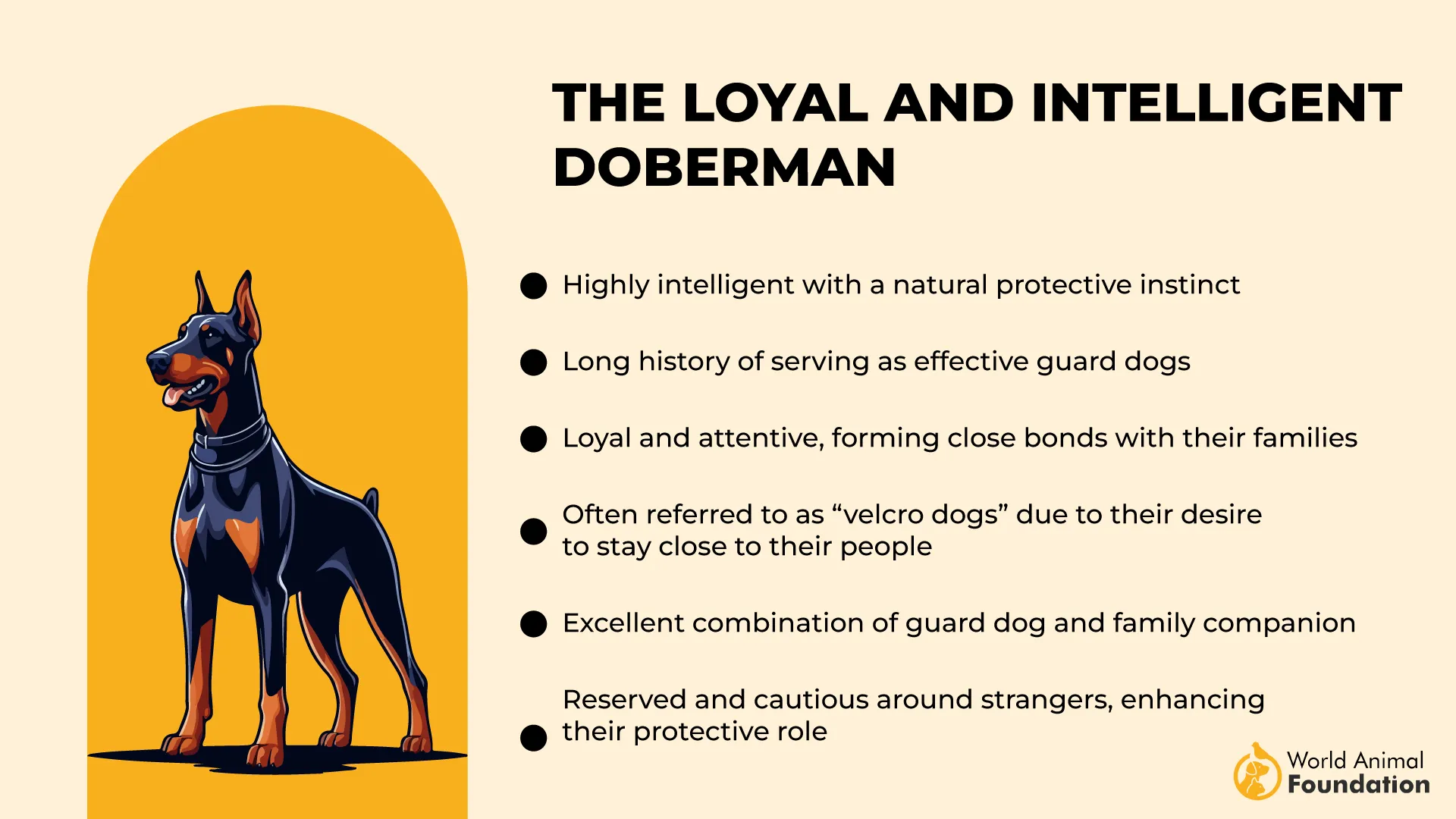
Like other large breeds, Dobermans require daily exercise and thrive when given both mental and physical challenges. Without stimulation, they may become restless and exhibit destructive behavior. Their high drive makes them ideal partners for experienced handlers.
With a lifespan of 10–12 years, they are susceptible to heart disease, particularly dilated cardiomyopathy, as well as Wobbler syndrome, hip dysplasia, and von Willebrand disease. Early health screening and responsible breeding practices are essential.
Quick Tips
Engage them in structured sports or advanced obedience work.
Provide secure fencing, as they are skilled jumpers and energetic explorers.
4. Rottweiler
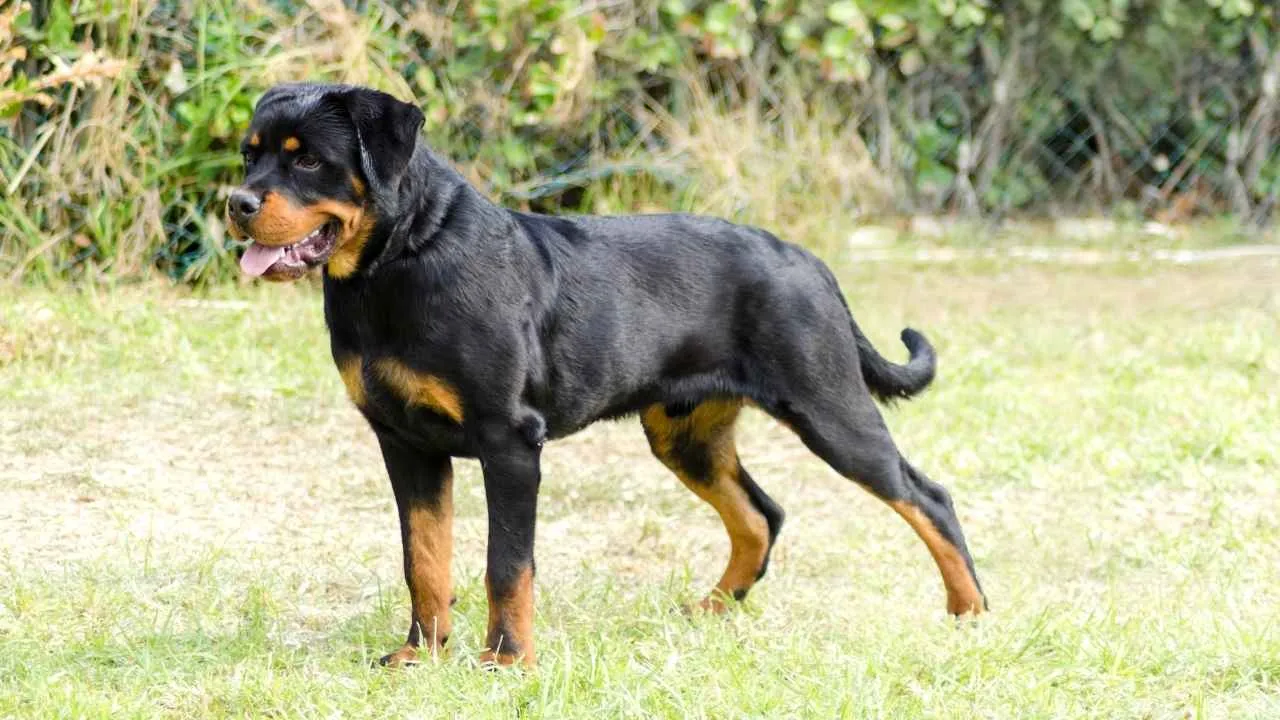
Rottweilers are powerful, loyal dogs originally bred for herding and cart-pulling. PDSA states that their strength, confidence, and intelligence make them excellent working companions when paired with an experienced handler. Known for devotion to their families, they require early socialization and consistent training to reach their best potential.
This breed has a short, low-maintenance coat that sheds moderately year-round, with heavier shedding in spring and autumn. Weekly brushing helps maintain their sleek black-and-tan coat. Despite their imposing build, many Rottweilers are affectionate pets who enjoy close family bonds.
Rottweilers need at least two hours of daily exercise, including structured walks and play. Their sharp minds benefit from problem-solving games and training activities. Without stimulation, they may become bored and display undesirable behaviors.
Health is an important consideration for Rottweilers, as they are prone to hip and elbow dysplasia, heart conditions, ligament injuries, and bone cancer. Reputable breeders screen for these issues to help reduce risks.
Because of their natural guarding instinct, Rottweilers are protective and alert. With proper guidance, they grow into calm, well-mannered companions that thrive in homes with structure and clear boundaries.
Quick Tips
Start structured training and socialization early.
Commit to at least two hours of varied daily activity.
5. Poodle

Breed Profile
Size: Toy (≤10 in), Miniature (10–15 in), Standard (>15 in)
Weight: 4–70 lbs, depending on size
Temperament: Affectionate, athletic, adaptable
Poodles are among the most versatile and intelligent dog breeds, celebrated for elegance, athleticism, and trainability. With their origins as German water retrievers, they excel in activities like hunting, agility, and obedience while also thriving as companions.
Their curly coat sheds minimally, making them appealing to people with allergies. However, grooming demands are high, requiring daily brushing or regular trims every four to six weeks to prevent matting. Many owners opt for shorter cuts to reduce upkeep.
All three sizes share the same breed standard, with personalities that combine pride and affection. Poodles love engaging in games of fetch, swimming, or brisk walks. Despite their aristocratic look, they are energetic athletes eager for both physical and mental stimulation.
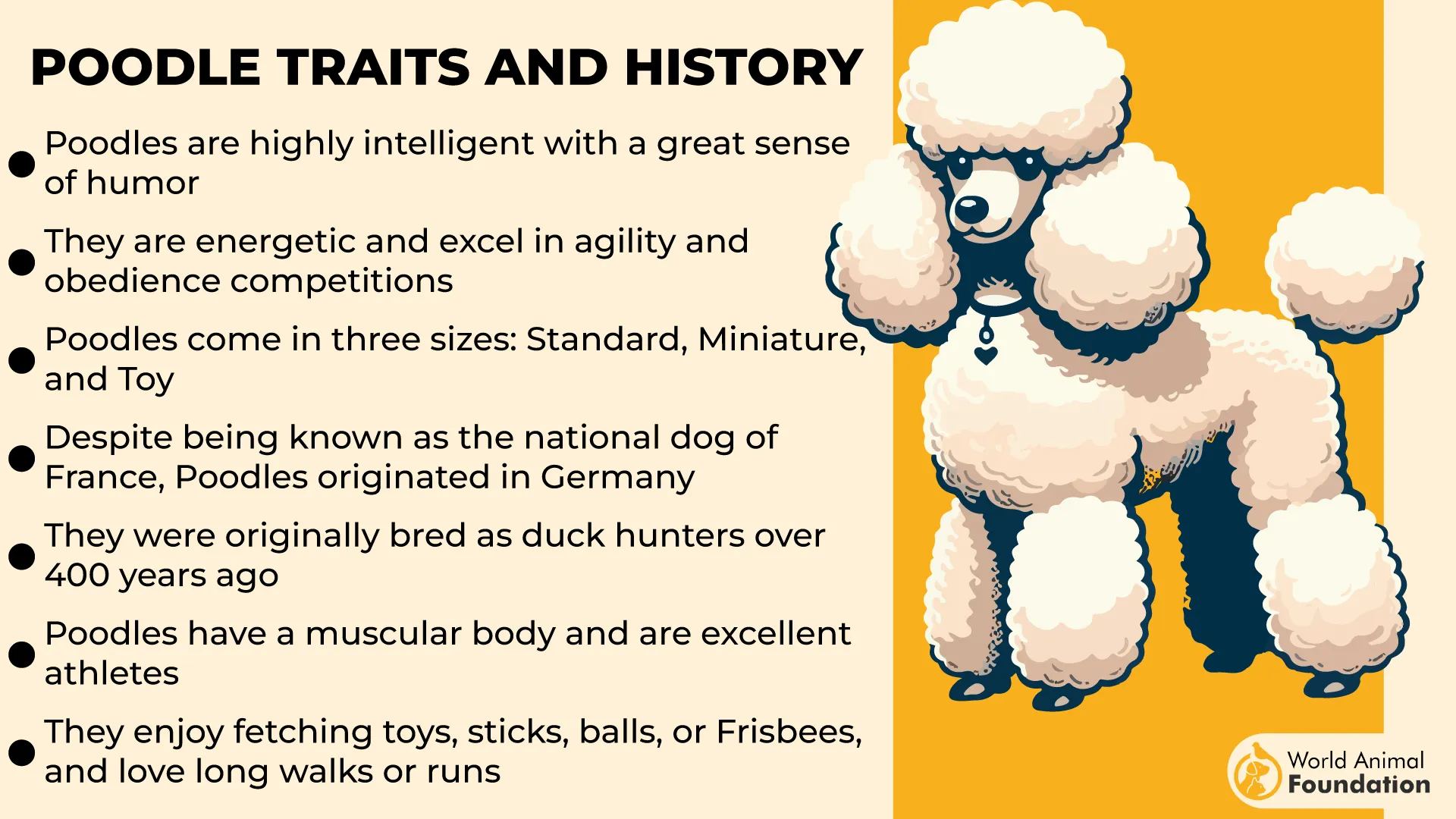
Health concerns include hip dysplasia, eye disorders, epilepsy, and immune-related conditions. Toy and Miniature Poodles are also prone to luxating patellas and Legg-Calvé-Perthes disease, while responsible breeding practices minimize risks.
With a lifespan of 10–18 years, Poodles are known for their longevity and adaptability. Their intelligence makes them popular among expert handlers who value quick learners and spirited partners in advanced training.
Quick Tips
Maintain a regular grooming schedule to prevent matting.
Provide varied exercise, including swimming or agility training.
6. Shetland Sheepdog
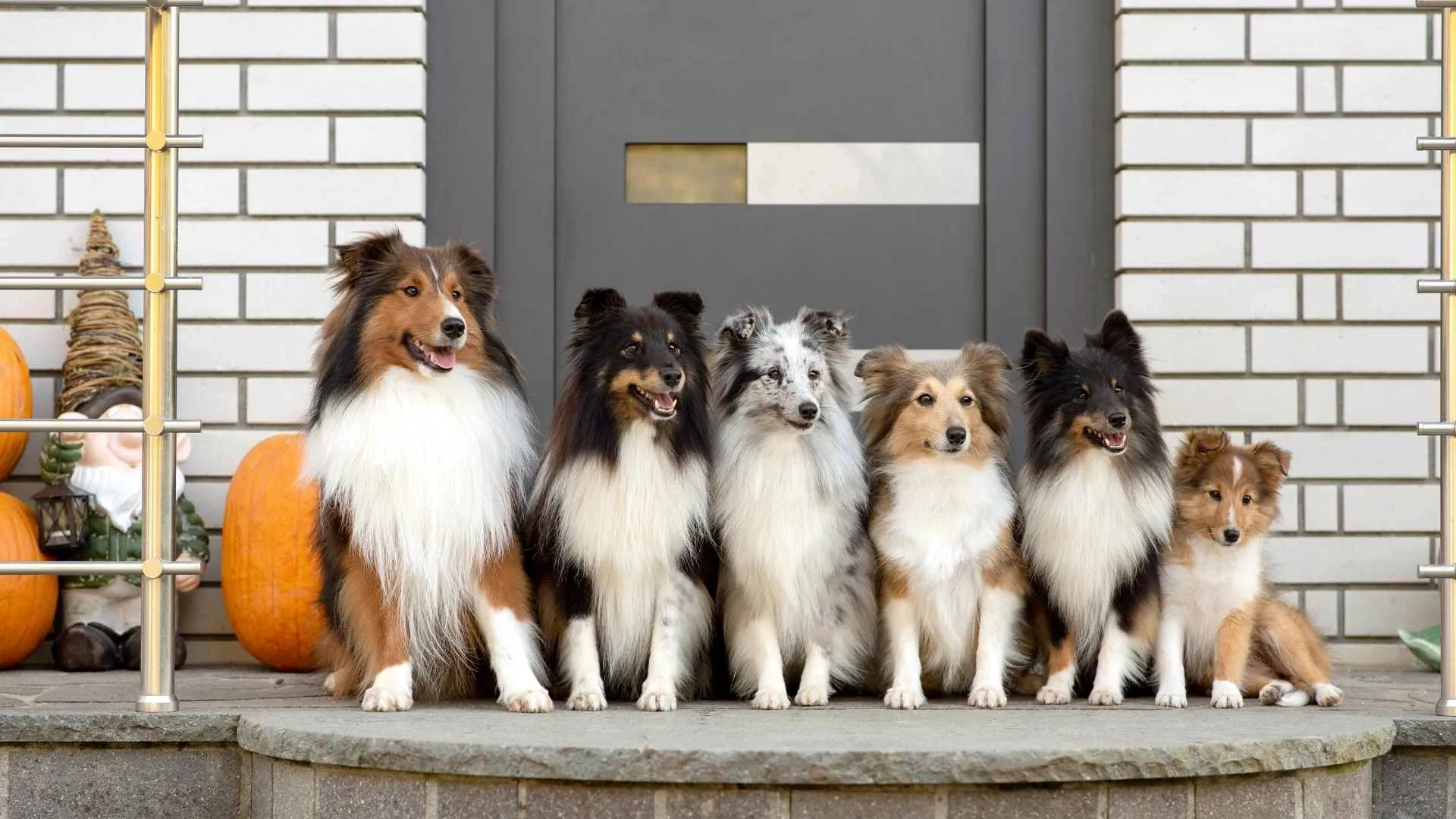
Often mistaken for miniature collies, Shetland Sheepdogs (Shelties) are their own distinct breed with deep herding roots from Scotland’s Shetland Islands. Compact yet agile, Shelties are known for their sweet temperament and eagerness to learn.
They have a luxurious double coat with a dense underlayer and long, straight outer fur. Grooming requires twice-weekly brushing, with heavier maintenance during seasonal shedding. Their iconic mane and feathered legs give them a striking appearance.
Shelties are playful, affectionate companions who bond closely with their families. They can be shy around strangers, often barking to announce new arrivals. This watchful nature makes them effective watchdogs despite their small size.
Exercise needs are moderate, requiring 20–40 minutes daily. Mental engagement is equally important, as their intelligence makes them responsive to obedience training, agility, and trick work. Their enthusiasm for pleasing owners ensures they excel in canine sports.
Historically bred to herd smaller livestock, Shelties combine intelligence, endurance, and adaptability. Today, they remain a favorite for families who appreciate both their gentle nature and their spirited work ethic.
Quick Tips
Brush at least twice weekly, more during shedding seasons.
Keep training sessions engaging to stimulate their sharp minds.
7. Papillon
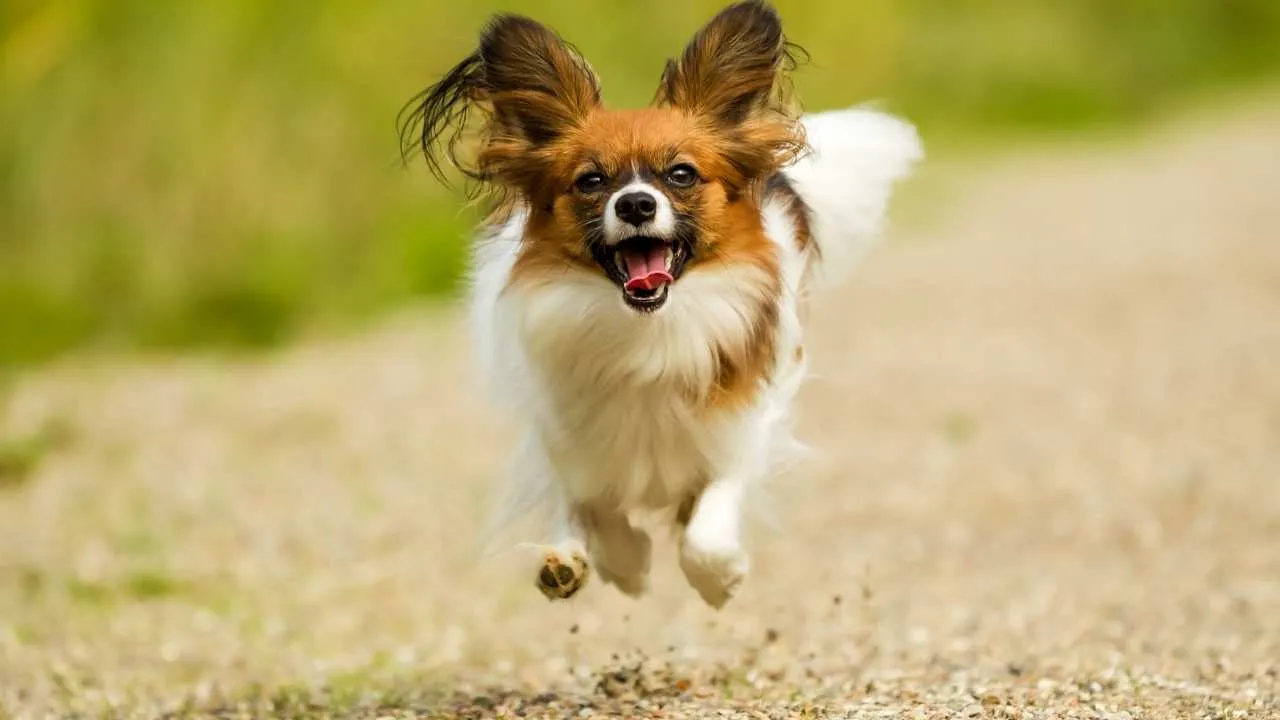
The Papillon, named for its butterfly-shaped ears, is a toy breed admired for its lively personality and elegant appearance. Despite its delicate look, the breed is hardy and athletic, excelling in agility and trick training.
Papillons have a long, silky coat with no underlayer, requiring surprisingly little grooming. Occasional brushing prevents tangles, and trimming nails and dental care are important due to their small size. They are clean, graceful dogs with plumed tails and striking markings.
These little companions are affectionate with their families and thrive on human interaction. They adapt well to various climates and enjoy both city and country living. However, their small size makes them fragile, requiring supervision around young children or larger pets.
Papillons are lively and intelligent, learning commands quickly. Their cheerful temperament makes them excellent companions for active owners who want a toy dog with real working drive. They do well in agility competitions and can be trained to perform entertaining tricks.
With a lifespan of 14–16 years, Papillons are generally healthy but may be prone to patellar luxation and dental issues. Responsible breeding and veterinary care ensure long, happy lives. Their intelligence places them among the smartest toy breeds.
Quick Tips
Supervise them around larger pets and small children.
Provide interactive play and agility-style activities.
Conclusion
The world of intelligent dogs is as fascinating as it is diverse. From the high-energy Border Collie to the steadfast Rottweiler and the lively Papillon, these breeds showcase the extraordinary ways that canine intelligence blends with instinct, loyalty, and purpose. Expert handlers appreciate their brilliance not only because they excel in training, but also because they thrive when faced with complex tasks and mental challenges.
Beyond the breeds covered in detail, there are many others that deserve recognition for their sharp minds and versatility. The Australian Cattle Dog, German Shepherd Dog, and Belgian Malinois are well-known for their skill in the herding group, where they can herd sheep with remarkable precision. The Golden Retriever and Labrador Retriever remain favorites among dog owners for their adaptability and eagerness to learn new tricks. Smaller breeds like the Pembroke Welsh Corgi and Miniature Schnauzer show that independent thinkers can also master obedience classes with positive reinforcement. Even the English Springer Spaniel, Flat Coated Retriever, and Australian Shepherd stand out in dog sports, proving that the dog world is filled with other breeds whose intelligence continues to amaze.


